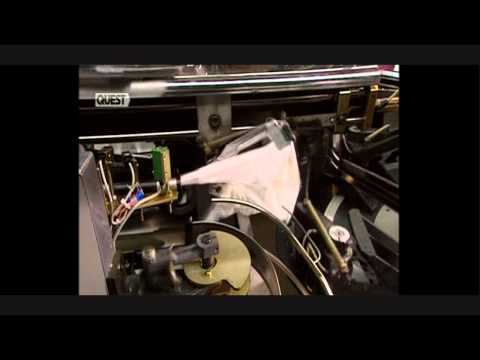From Yarn to Finished Product: A Step-by-Step Look at How Tights are Made of; The article is useful for anyone interested in the garment manufacturing process or for those who are curious about the process behind the clothes they wear.
Tights have been a popular clothing item in women’s fashion for many years. but have you ever wondered what these hosiery items are made of? while tights may seem like simple pieces of clothing, the truth is that the process of creating them is so intricate and fascinating
In this article, we’ll take a closer look at how tights are made and what goes into the production process from the selection of materials to the final product so let’s start.
How Tights Are Made of?
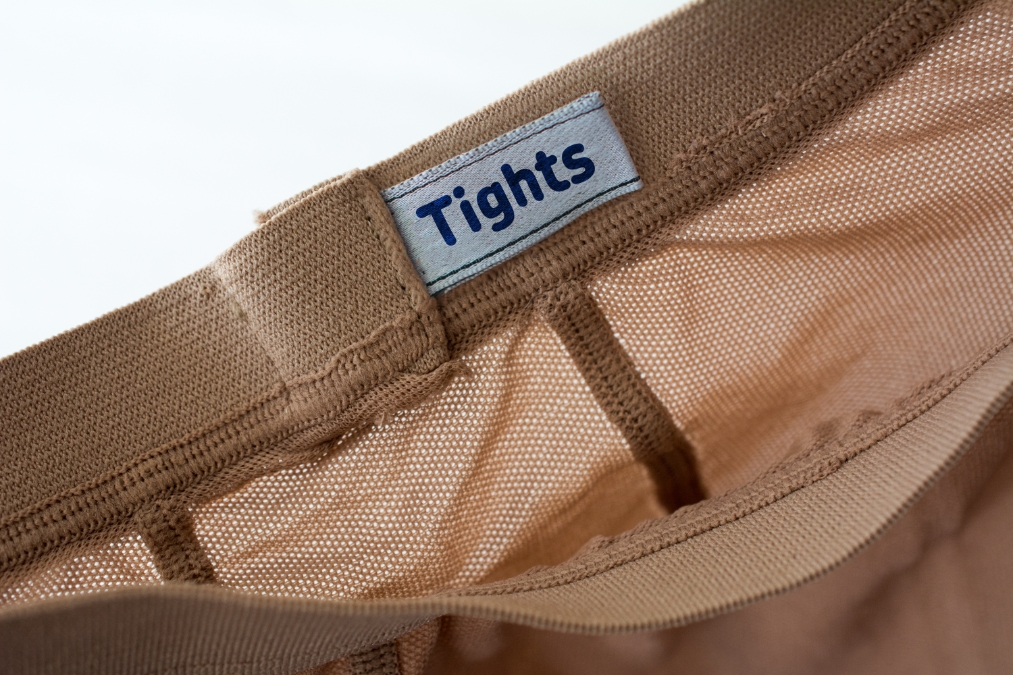
The manufacturing process for tights involves several steps, including:
Step1: Selecting The Right Materials
The first step in making tights is to select the right materials. Tights are typically made of a blend of nylon and spandex
Nylon is a synthetic polymer known for its stretchiness, strength and lightweight while spandex is a type of elastane that provides additional stretch and durability.
Other materials such as cotton and polyester may be used to add extra comfort and warmth. All these materials (nylon and spandex or cotton and polyester) are chosen for their durability and flexibility ensuring that tights can resist wear and tear
Step2: Knitting The Fabric
The second step in making tights is knitting the fabric. Tights are made using a specialized machine called a hosiery machine that weaves the fibers together to create the fabric used for tights
This machine uses a combination of needles and yarn to create a seamless tube of fabric. The tightness of the knit or the number of stitches per inch, will determine the thickness and overall quality of the tights.
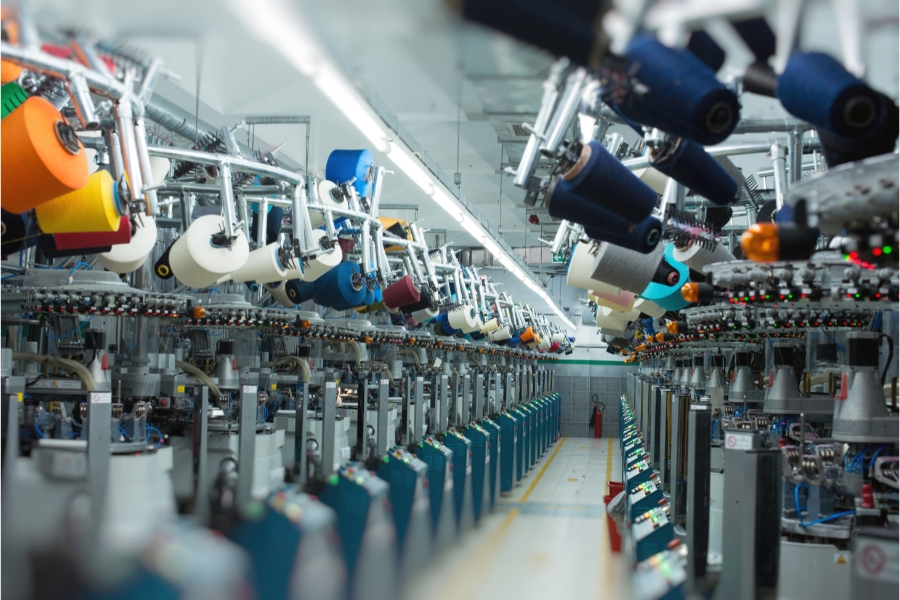
Step3: Adding Color to Tights
After the creation of the knit fabric, the next step in the manufacturing process is dyeing. This is a crucial stage as it gives the tights their final appearance. The fabric may be dyed in a single color or multiple colors, depending on the desired design.
Manufacturers use a variety of techniques for dyeing, including batch dyeing and continuous dyeing.
Batch dyeing involves dyeing the fabric in large batches. The fabric is placed in large vats filled with dye and is agitated to ensure that the color is evenly distributed. Once the fabric has absorbed the dye, it is rinsed and dried.
Continuous dyeing, on the other hand, is a process that involves passing the fabric through a series of dyeing machines. The fabric is fed through a range of machines, each of which applies a different color or pattern to the fabric. This method is commonly used to create complex patterns or designs.
Step4: Cutting and Sewing
After the fabric is dyed, it is sized and cut to the appropriate length.
This is done using a specialized machine or by hand depending on the size and complexity of the design and then the cut pieces are sewn on.
The waistband is typically made of a ribbed knit material that is soft against the skin while the feet are reinforced to prevent holes.
Step5: Inspection and Quality Control
The fifth step in making tights is undergoing a final inspection to ensure that the new product meets industry standards and customer expectations
So during this process, inspectors check for any holes, runs, or any defects and inconsistencies.
Only tights that meet industry standards are considered fit for sale but if any issues are found (there are holes, runs, or incorrect dye color), the tights are either fixed or discarded
Additionally, the finished products are subjected to a number of tests such as stretch tests, abrasion tests.
and durability tests to ensure their quality and performance and to ensure that they meet the needs and expectations of the wearer
- Adding Style and Design
In addition to the basic components, many tights also come with other elements such as patterns, designs or special features such as reinforced toes; These elements are added using a variety of methods such as printing, embroidery or even hand-painting.
- Incorporating Technology
Technology plays an important role in the production of tights. For example, some tights are made using special knitting techniques that incorporate special fibers to regulate or provide extra support
Other tights are made from high-tech materials like moisture-wicking fabric to keep the wearer cool and dry all day long
Step6: Packaging and Distribution
The final step in the process of how tights are made is packaging tights are folded and packaged into individual units, ready for distribution. The packaging includes information about size, color, and care instructions.
The Future of Tights
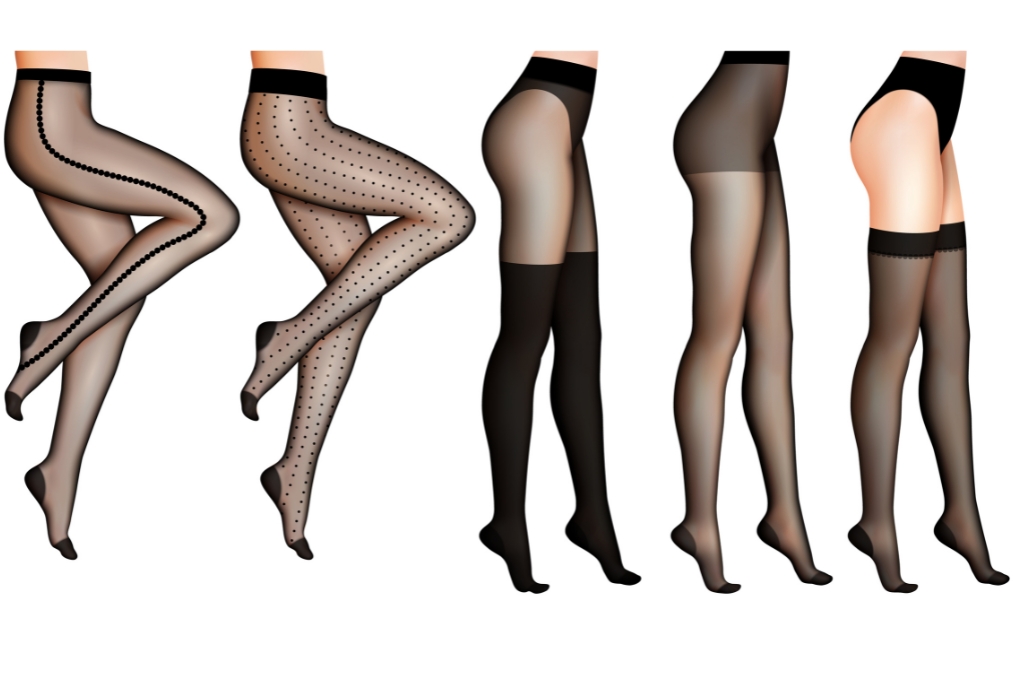
The production of tights is likely to change as technology continues to advance and new materials and techniques continue to emerge, making tights even more comfortable, supportive and more durable
Besides online shopping is making it easy for the consumer to buy new products no matter where he is in the world.
Eco-Friendly Tights
The production of hosiery has an impact on the environment from the use of natural resources to the disposal of waste materials and in order to cope with this environmental issue, many tights manufacturers have started to focus on eco-friendly production methods such as using sustainable materials, reducing energy consumption and recycling waste materials.
For example, some companies use recycled materials in the production of their tights which can diminish the amount of litter that ends up in landfills.
other companies use low impact dyes or implement water-saving techniques in their production process.
Custom Tights
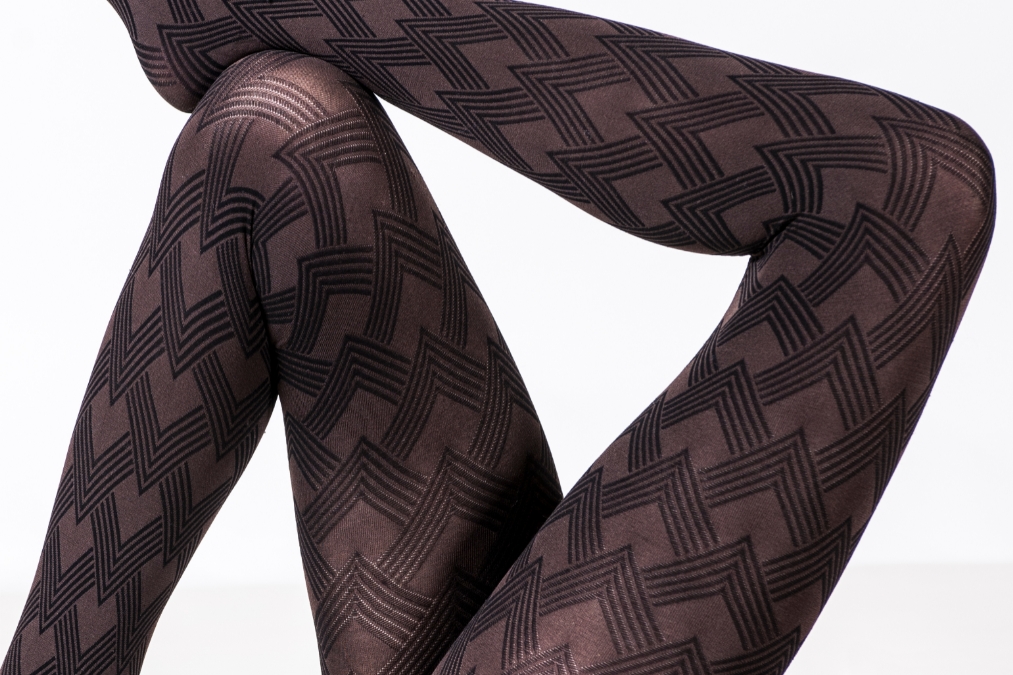
In addition to mass-produced tights, there is also a growing market for custom tights. These tights are made to order, based on the specific measurements and specifications of the customer. This allows for a perfect fit and can even include special features or designs that are not available in standard tights.
This is an exciting development for the tights industry, as it allows consumers to have more control over the tights they wear.
Custom tights can be especially beneficial for those who struggle to find tights that fit properly or who have specific needs, such as tights designed for athletes or those with medical conditions.
Conclusion:
The world of tights is constantly evolving, and there are now more options available than ever before. From eco-friendly tights to custom tights, consumers have the ability to choose tights that meet their specific needs and preferences. Regardless of the type of tights you choose, one thing is for sure – tights will continue to play an important role in our daily lives, providing both comfort and style.





